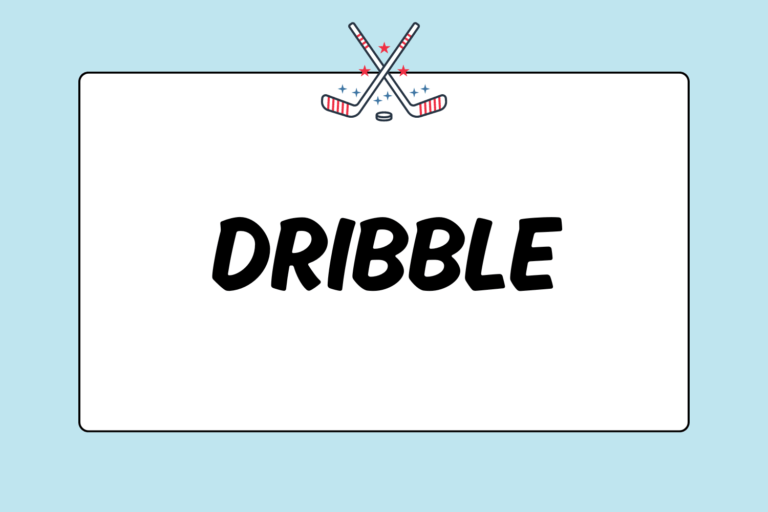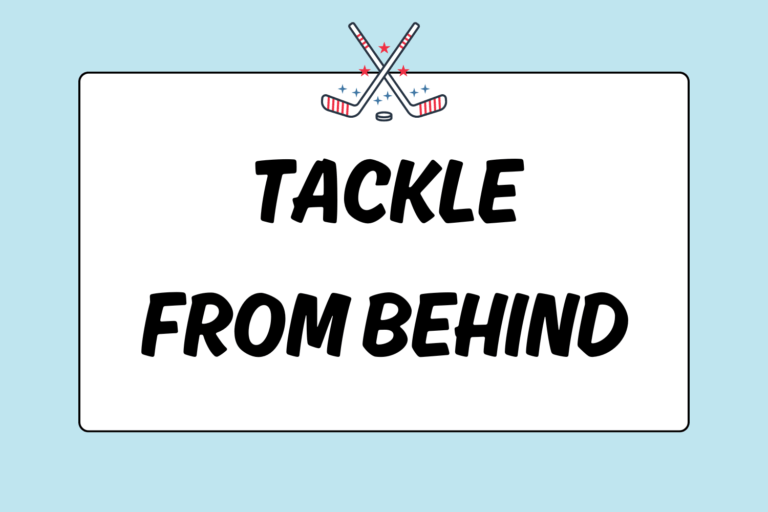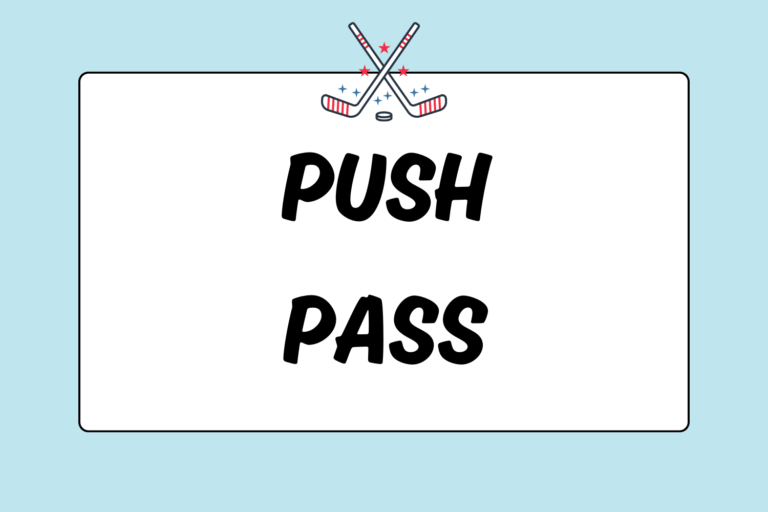Finding the perfect sport to enroll your child in is like finding the perfect shoe — you want to make sure it fits — and it needs to “fit” both of you. If your major concern is safety, field hockey is the sport to choose. As a non-contact sport, players can focus on building their skills without having to worry about being checked into a wall or hit by another player. Similarly, if you want a social sport where your child can make friends, field hockey’s team environment is ideal for creating long-lasting friendships. No matter what your concerns are, this sport has an avenue for both you and your child.
Read on to learn more about the ins and outs of field hockey, and get expert advice on how to give your child the best opportunities to play.
Safety & Equipment
The first thing you’ll want to purchase for your child is a mouth guard. This will protect her from any accidental mouth injuries (and they are also required). Other than the mouth guard, the only other protective gear worn is shin guards and cleats. In some states, players wear eye masks (similar to those worn in lacrosse), but this is generally not required.
You’ll also want to invest in a composite stick, whether your child is a goalie or plays on the field. Your child’s performance will improve significantly if she plays with a good stick, and composites are the best to start with. You’ll probably even spend less in the long-run buying the more expensive stick now, rather than a few sticks of lower quality down the road. Your child will enjoy the sport more if she is excels in it, so give her what she needs to do so.
Check out our guide on “Buying Field Hockey Equipment” for more information on the types of equipment available to field hockey players.
Camps & Clubs
Field hockey is extremely popular in some states, but seems to be almost non-existent in others at the youth level. So if you are interested in getting your child involved before high school, enroll your child in camps or on club teams so she can get properly introduced to the sport.
Camps will allow your child to improve her skills quickly. These are often run by high-level or professional players who give excellent instruction on the fundamentals. Likewise, enrolling your child on a club team will give her the opportunity to make friends and gain experience playing competitively. She will also benefit from the constant feedback and instruction from her coaches.
Similarities to Other Sports
A way to gain a quick understanding of field hockey is to compare it to other popular, more mainstream sports. Two sports similar are soccer and ice hockey.
Soccer uses similar positions and has the same number of players on the field (11). The object of the game is to score more goals than the other team, and the games are usually low-scoring, unlike lacrosse or basketball. The same mechanics of passing and shooting used in soccer also apply to field hockey. The main differences between the two sports are that field hockey is played with a stick and the use of the feet is not allowed!
Field hockey is also often compared to ice hockey. The two sports are similar, but possess some important differences. Both are played with a stick and an object (ball or puck). They also use similar passing and shooting techniques. Likewise, the power play in ice hockey is similar to the penalty corner (short corner) in field hockey, as both give the offensive team the advantage of having extra players. The difference, though, is quite large. Ice hockey is a contact sport played on ice, and with fewer players (six). Field hockey, on the other hand, is a non-contact sport, played on the field with five more players.
Learn the Lingo
Field hockey can be quite confusing, especially with the game constantly being stopped for fouls being called and whistles being blown — which happens a lot in youth hockey. Needless to say, understanding the rules and common lingo will make watching the sport much more enjoyable. There are really only three rules you’ll need to know to have a general understanding of the game:
- Penalty corners: When the team’s offense lines up around the shooting circle and the defensive line runs back to the center line, it’s called a “short corner.” This is basically a power play for the offensive team. Once the ball is put into play, the defensive team’s players can run back to help their teammates. For a more detailed description of this play, check out our guide on Short Corners.
- Free hits: The game will be stopped a lot in hockey, especially at the youth level, for various fouls committed on the field. The main foul that will be called is the foot foul (when the ball hits a player’s foot). In this case, a free hit is awarded to the other team, taken from where the foul occurred.
- Scoring: The ball has to be touched within the shooting circle to count as a goal. Parents are often surprised when the goalie steps out of the way and lets the ball hit the backboard. But don’t worry; she didn’t just give up on the ball. The ball has to be touched within the shooting circle for it to count as a goal.
If you want to learn more about the terms or rules used in field hockey, check out our field hockey Glossary and Rules & Regulations.
Resources for Boys
In the United States, field hockey is widely popular among females, but less among males. This is mainly because schools typically only allow girls to play. But if your son wants to play, there are options for him. Many clubs and camps allow boys to play. Male leagues are mainly found outside of school settings, so you may have to do some research to find a club in your area. However, some high schools may allow boys to play on the girls’ team if there is no male team available (this is a school-by-school decision). In countries outside of the United States, field hockey is popular among both genders.
Community
Since the popularity of field hockey is so small in the United States, communities are often formed within the sport. By the end of your season, you’ll likely know every hockey player in your area. And now that you have the resources at your fingertips, you have even more information to help your child improve and grow within the sport. Congratulations! After reading this guide, you’ve completed the first step to becoming a stellar hockey mom or dad!





